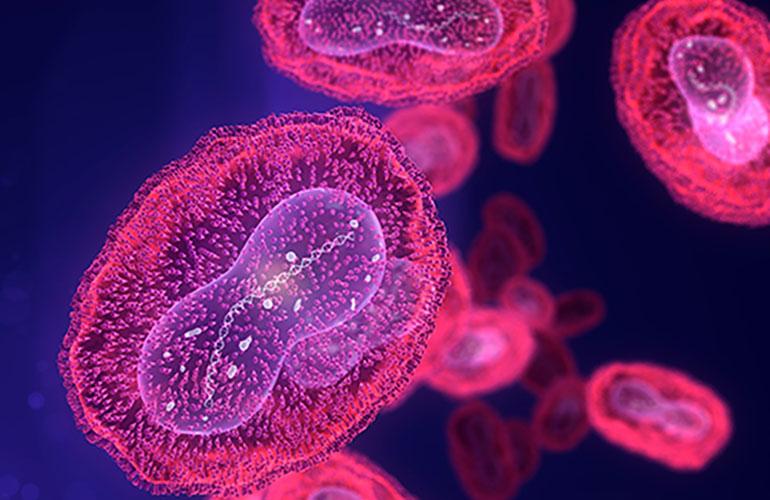In an unforeseen twist, the United States has found itself facing a new chapter in the mpox saga. The Centers for Disease Control and Prevention (CDC) recently confirmed the presence of a more virulent strain of the virus within its borders, sending ripples of concern through the medical community. The discovery has reignited questions about the virus’s trajectory and the potential implications for public health. As authorities grapple with this development, the specter of an escalating outbreak looms, casting an ominous shadow over the nation’s well-being.
Transmission Risks and Enhanced Vigilance

Transmission Risks and Enhanced Vigilance:
The spread of the virus can occur through close contact with an infected person or animal, contact with contaminated materials or surfaces, or through respiratory droplets. Transmission risks are typically higher in settings where people are in close proximity for prolonged periods, such as households, healthcare facilities, and social gatherings.
To prevent the spread of the virus, enhanced vigilance is crucial. This includes practicing good hygiene habits, such as frequent handwashing and avoiding contact with infected individuals or contaminated items. It also involves staying informed about the latest transmission risks and guidelines issued by health authorities.
Clinical Manifestations and Disease Progression
Individuals infected with the more aggressive mpox strain may experience severe headaches, muscle aches, backaches, swollen lymph nodes, and fatigue. Additionally, the lesions associated with this strain may be larger, deeper, and more numerous, leading to increased pain and discomfort.
| Symptom | Severity |
|---|---|
| Headaches | Severe |
| Muscle aches | Severe |
| Backaches | Severe |
| Swollen lymph nodes | Prominent |
| Fatigue | Extreme |
Public Health Response and Containment Measures
Public Health Response and Containment Measures
Local, state, and federal health agencies are working together to respond to the case and prevent further spread of the virus. Contact tracing is underway to identify anyone who may have been exposed to the individual who tested positive. Exposed individuals will be monitored for symptoms and tested if necessary.
Updated Considerations for Personal Prevention
Practice good hand hygiene: Wash your hands frequently with soap and water for at least 20 seconds or use an alcohol-based hand sanitizer with at least 60% alcohol.
Avoid close contact with people who are sick: Stay home if you are sick and avoid contact with others who are sick.
Cover your mouth and nose when you cough or sneeze: Use a tissue or your elbow to cover your mouth and nose when you cough or sneeze.
Clean and disinfect surfaces that are frequently touched: Regularly clean and disinfect frequently touched surfaces, such as doorknobs, countertops, and shared areas.
* Get vaccinated: The mpox vaccine is now available to those at higher risk of exposure, including close contacts of infected individuals and healthcare workers. Vaccination can help prevent infection or reduce the severity of symptoms.
Vaccination Eligibility Criteria
Close contacts of confirmed mpox cases
Healthcare workers
People with weakened immune systems
People who anticipate potential exposure to the virus
In Conclusion
As the global health community remains vigilant against the evolving mpox virus, the emergence of a more aggressive strain serves as a stark reminder of the unpredictable nature of disease. The United States’ confirmation of its first case underscores the urgency of continued research, enhanced surveillance, and equitable access to vaccines and treatments. While the potential implications of this strain are still being assessed, its presence emphasizes the need for ongoing collaboration, transparent information sharing, and a steadfast commitment to containing the outbreak.
